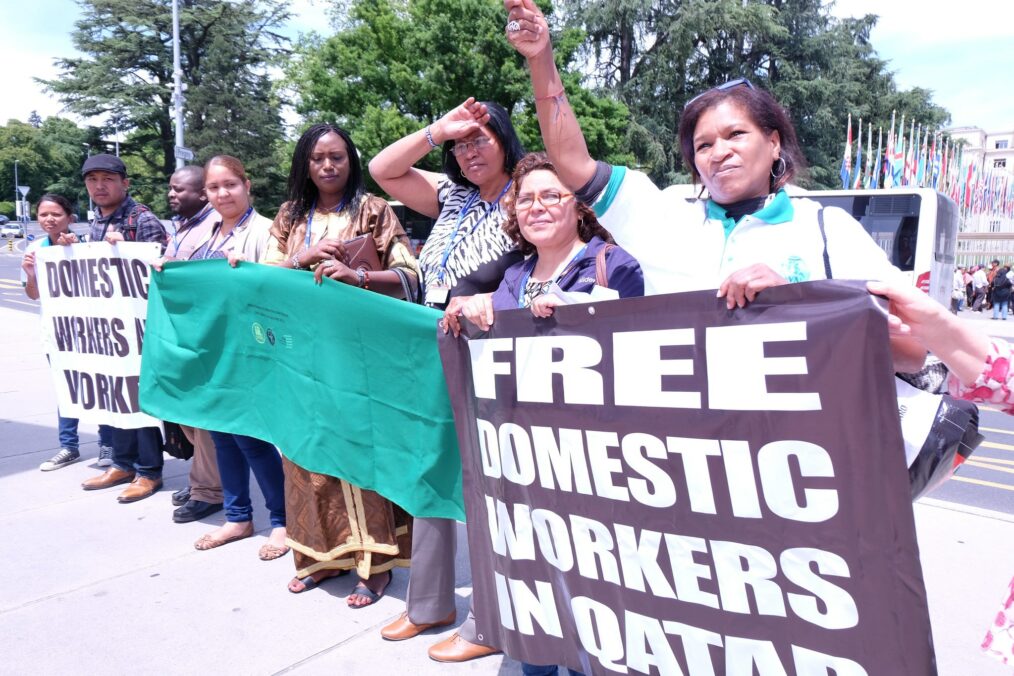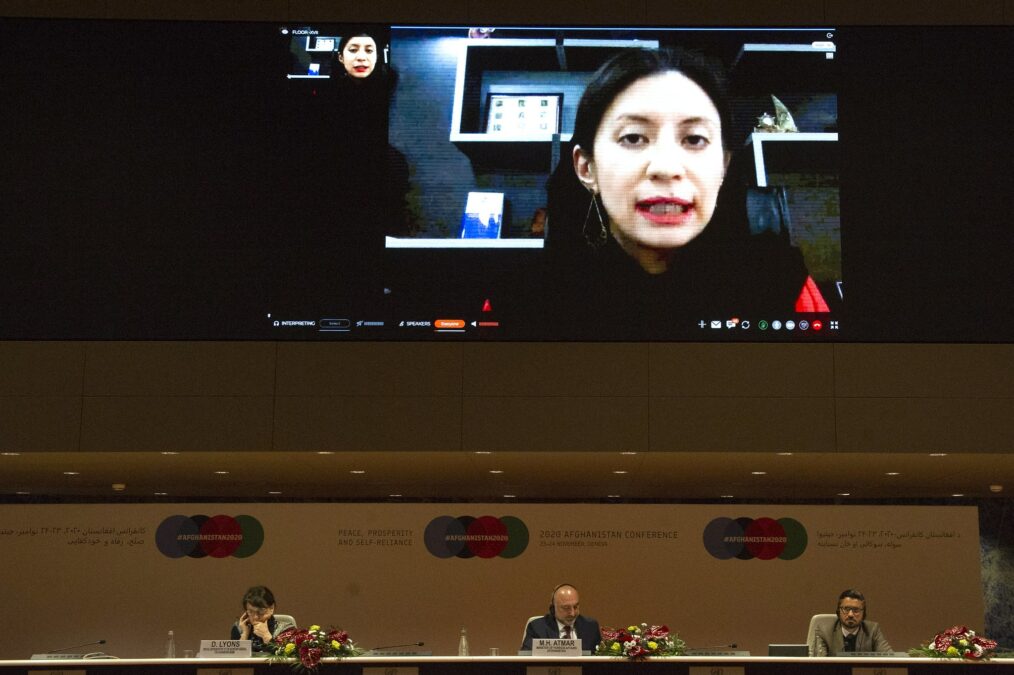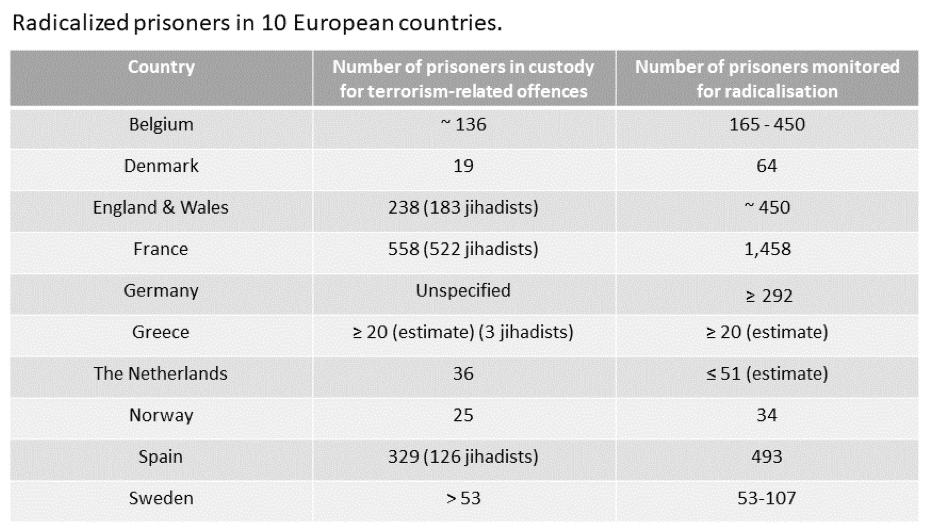Among the seismic economic changes to emerge in the twentieth century, few were as drastic and consequential as the growth enjoyed by the member-states of the Gulf Cooperation Council (GCC). Prior to the discovery of its expansive oil wealth between the 1930s-1950s, the GCC states (Saudi Arabia, Qatar, Bahrain, Oman, Kuwait, United Arab Emirates) largely depended on subsistence agriculture, reflecting the nomadic lifestyle that defined the region’s economic and social fabric.
The subsequent increase in foreign investment and the accrual of resource wealth in the decades to follow bolstered much of the bloc’s economic activity, paving the way for other non-oil sectors, like construction and services, to flourish. However, given the constraints from the local labor force and the workforce demands of such sectors, the GCC states were ultimately compelled to import their manpower, relying instead on exported labor from the stagnant economies of South and Southeast Asia.
Such conditions explain the origins of the widespread, yet controversial kafala labor system that continues to power most of the GCC economies. Under this system, ambitious workers ranging from the Indian subcontinent to the Philippines, are brought to the GCC states by private sponsors to fulfill labor demands for areas like domestic help and construction activity, incorporating everything from infrastructure projects and housing, to glitzy skyscrapers and sporting stadiums, including facilities that will be used in the 2022 FIFA World Cup, hosted by Qatar.
Though the practice of importing labor surpluses from other countries is commonplace, the tenets of the kafala system underscore grave concerns for the well-being of GCC migrant workers. Much of these concerns stem from the substantial level of privatization involved in the kafala system, shifting the onus for accountability of migrants and their living/working conditions on the private entities. Though the exact level of privatization varies between the GCC states, the common method cedes considerable control over migrant workers by their respective sponsors, which can include businesses and/or private citizens. In the absence of vigilant state-led monitoring and regulatory efforts, sponsors maintain an unhealthy amount of leverage over their workers, creating opportunities for exploitation with little to no legal recourse for migrants.
Allegations of abuse run the gamut, from seized passports and exit restrictions, to squalid accommodations and dangerous working conditions. While such experiences are well-documented and have been reported upon extensively by countless NGOs and media outlets, the allure of high-wage employment continues to attract a substantial number of migrants to the Gulf region, many of whom send remittances that benefit the economy of their respective home country.
The concerns raised by international labor and human rights organizations, coupled with diplomatic pressure, has led to modest improvements in the last decade, with some GCC states contemplating and implementing more significant reforms this year. Yet, the impetus behind these reforms is not limited to the desire to avoid scrutiny. Rather, the planned reforms coincide with a cascading set of circumstances that’ll challenge the Gulf’s economic model in the years to come.
Amid low oil prices, widening fiscal deficits, and staggering youth unemployment figures, the GCC member-states face crucial questions about their development trajectories. Though oil remains integral to the world economy, demands from policymakers and investors alike has increased the call for cleaner forms of energy, with options like solar and wind experiencing a surge in capital flows as the cost of generating from renewable sources decreases. The stark reality of oil dependence can be found in the government budgets of the GCC member-states, each of whom plan and fulfill their public expenditures on the basis of assumed oil and gas prices. Given the whims of such benchmarks in recent years, several GCC member-states have been forced to choose between politically sensitive budget revisions or increases to mounting fiscal deficits.
One critical component of these deficits includes the tendency of GCC states to rely on the public sector to create jobs for their citizens, leading to chronic overstaffing. In Saudi Arabia for example, public sector pay counterintuitively dwarfs the compensation levels offered by the private sector, with the difference in pay reaching as high as 59%.
Thus far, efforts to shift job creation to the private sector have had mixed results, with employers citing payroll expenses and skill deficits as major barriers to employing citizens in private sector positions. Though the current overlap between the work performed by migrants and citizens remains relatively small, the future economic strategies of most GCC countries remains contingent on non-oil diversification, with areas like tourism, media, financial services, and trade-related infrastructure featuring prominently in most GCC “visions” and developmental plans.
Realizing such visions will require a herculean effort to diversify away from sectors that heavily rely on cheap migrant labor for profitability. Attracting non-oil foreign direct investment (FDI), remedying training and skills gaps, and even attitudinal shifts toward certain types of work, like retail, will be required to maximize opportunities available for citizens.
The pressing need to reform the kafala system is not a purely economic decision. Decades of reliance on foreign labor has resulted in demographic concerns as well, with non-nationals outnumbering the domestic populace in every GCC state, with the exception of Oman and Saudi Arabia. These figures range from the low-end of 38% in Saudi Arabia to 88% in Qatar, elevating fears of political disruptions, a threat that the GCC states originally faced in the early days of the kafala system, where migrants were first brought in from neighboring countries that experienced political upheavals and instability in the age of Pan-Arabism.
At present, gradual reforms to the current kafala system have either been announced or implemented recently in Saudi Arabia, Qatar, and Oman. Though some GCC states, like Bahrain, claim to have abolished the sponsorship practice, reality suggests more is needed for adequate protections. Establishing a minimum wage, enforcing contracts with fair provisions for laborers, and allowing migrants to change employers or leave the country without present bureaucratic obstacles have all been floated as potential solutions. By slow-walking its reforms, the GCC states risk perpetuating the status-quo, a scenario that not only hurts migrants, but poses long-term ramifications for the region’s post-oil future.







